Crocs Coloring Pages: Fun and Creative Activities for All Ages. Crocs coloring pages offer a delightful blend of creativity and fun that appeals to children and adults alike. These printable pages feature a variety of Crocs designs, showcasing the iconic footwear brand’s playful and colorful styles. They provide an engaging way for kids to enhance their motor skills, creativity, and color recognition while enjoying a beloved theme.
Crocs Coloring Pages
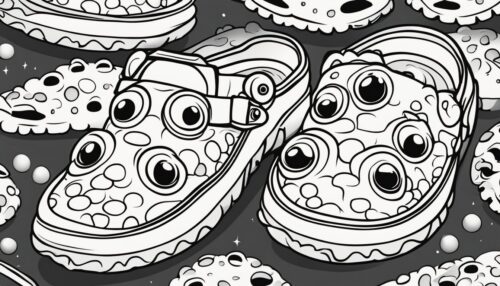

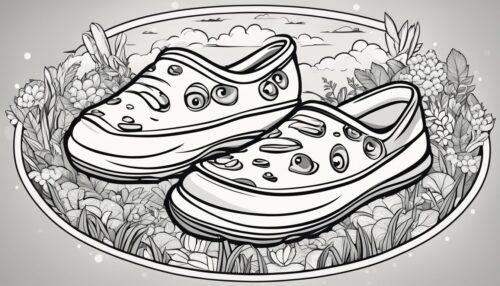
Parents looking for interactive activities often find coloring pages to be an excellent choice for keeping kids entertained. With numerous options available online for free download, these Crocs-themed illustrations allow children to express their artistic talents and customize their experience. This engaging activity can be an enjoyable way for families to spend time together, fostering both creativity and bonding.
In addition to the fun of coloring, these pages can serve as a tool for learning. By focusing on details and experimenting with colors, children can refine their concentration and creativity. With such a variety of Crocs coloring pages accessible, there is no shortage of inspiration for young artists eager to explore their imagination.
Understanding Sciatica
Sciatica involves pain that radiates along the path of the sciatic nerve, which runs from the lower back down through the legs. It typically signifies underlying issues in the spine that contribute to nerve compression. Understanding the anatomy of the sciatic nerve, common causes, and the associated symptoms aids in recognizing and addressing this condition effectively.
Anatomy of the Sciatic Nerve
The sciatic nerve is the largest nerve in the body, originating from the lower lumbar and sacral spine. It branches out from the spinal cord, passing through the pelvis and extending down each leg. This nerve is essential for movement and sensation.
The sciatic nerve innervates several muscles in the lower leg and foot, helping in functions like walking and standing. When it is compressed or irritated, it can lead to notable discomfort. Structures like herniated discs, bone spurs, or spinal stenosis can diminish the nerve’s space, leading to pain that travels along its pathway.
Common Causes of Sciatica
Sciatica primarily results from physical conditions that place pressure on the sciatic nerve. Key factors include:
- Herniated Disc: A bulging or ruptured disc can push against the nerve.
- Spinal Stenosis: Narrowing of the spinal canal can lead to nerve compression.
- Degenerative Disc Disease: Age-related disc wear can contribute to symptoms.
- Bone Spurs: These bony growths may form due to arthritis, pressing on the nerve.
Other contributors can include muscle spasms, osteoarthritis, and prolonged sitting. Each of these factors can lead to inflammation and pain.
Symptoms and Diagnosis
Symptoms of sciatica may vary, with the most common being sharp pain that travels from the lower back down the leg. Individuals may also experience:
- Numbness: Loss of sensation along the nerve path.
- Weakness: Difficulty moving the leg or foot.
- Tingling: A pins-and-needles sensation along the sciatic nerve route.
Diagnosis typically involves a physical examination and imaging tests like an MRI or CT scan to identify the underlying cause. Understanding these symptoms is crucial for effective management and treatment of sciatica. Pompeii
Effects of Sciatica on the Body
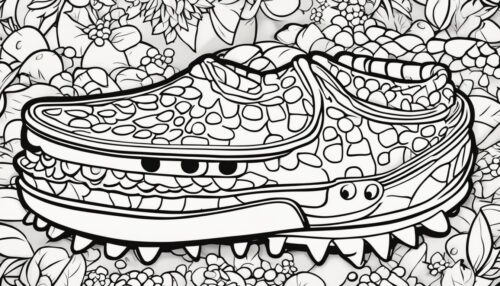

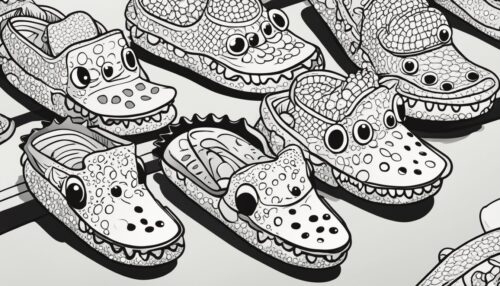
Sciatica significantly affects various parts of the body, particularly the legs and lower back. The condition often leads to pain, tingling, and weakness in these regions, impacting mobility and daily activities.
Impact on Legs and Thighs
Individuals with sciatica commonly experience pain that radiates down one leg. This pain can range from mild discomfort to severe discomfort, often described as sharp or burning.
The thighs may also develop weakness due to nerve compression. Weakness in the muscles can make it challenging to perform routine activities, such as climbing stairs or lifting objects.
In addition, symptoms like numbness and tingling can occur. These sensations often start in the buttocks and move down the leg, creating a unique sensation that varies with movement and position.
Back and Lower Back Effects
The lower back is usually the initial site of discomfort for those with sciatica. Pain can arise from nerve irritation or compression, often exacerbated by prolonged sitting or standing.
Inflammation in the area can lead to reduced flexibility and muscle tightness. This tightness may affect the hips and buttocks, further impacting the overall range of motion.
Some individuals report burning sensations in the lower back, which may also radiate to the legs. Activities like bending, lifting, or twisting can intensify these symptoms, affecting day-to-day quality of life.
Pain Management and Relief
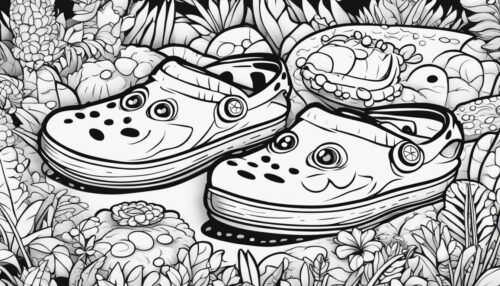


Effectively managing pain involves a combination of self-care strategies and professional interventions. Approaches may vary depending on the type and severity of pain experienced.
Initial Home Care Approaches
The first response to pain often includes basic home care strategies. Applying ice for the initial 24 to 48 hours post-injury can reduce inflammation and numb sore areas. Ice packs should be used for about 15-20 minutes every hour to maximize benefits.
Heat therapy can then be utilized to relax muscles and improve blood flow. A warm compress or heating pad can be applied for similar intervals once the inflammation has decreased.
Rest is crucial; engaging in low-impact activities helps prevent further injury. Some individuals may also find comfort in over-the-counter medications such as ibuprofen or acetaminophen to alleviate pain.
Medical Interventions
When home care methods do not suffice, consulting a doctor may become necessary. A healthcare provider can assess the underlying cause of pain and may prescribe stronger medications or refer the patient to a specialist.
In certain cases, physical therapists are recommended. These professionals create individualized exercise programs that target specific areas to promote recovery. Physical therapy can also help restore function and mobility, which is vital for long-term pain relief.
In more serious instances, interventions like cortisone injections or even electric shock therapy can be explored. These options target pain at its source, providing more immediate relief and facilitating recovery.
Ongoing Pain Control Techniques
Long-term pain management may require a combination of medication and lifestyle changes. Regular consultations with a healthcare professional ensure that treatment remains effective and adjusted as needed.
Maintaining a healthy lifestyle, which includes proper nutrition and avoiding harmful habits such as smoking, can significantly impact pain levels. Engaging in regular, low-impact exercise can serve both to strengthen muscles and improve flexibility, aiding recovery and reducing inflammation.
Therapeutic techniques like cognitive behavioral therapy (CBT) can also be beneficial. They equip individuals with coping strategies to manage pain emotionally and psychologically, further enhancing their overall quality of life.
Yoga and Stretching for Sciatica
Yoga and stretching can play a significant role in relieving the discomfort associated with sciatica. Specific poses and gentle movements help to ease nerve pain, improve flexibility, and strengthen muscles. This section focuses on effective yoga poses, benefits of stretching, and necessary precautions.
Yoga Poses for Pain Relief
Certain yoga poses are particularly effective for sciatica relief.
- Cobra Pose (Bhujangasana): This backbend stretches the spine and opens the chest. It helps to strengthen the lower back and reduce pressure on the sciatic nerve.
- Pigeon Pose: This pose stretches the hips and targets the piriformis muscle, which can relieve tension in the glutes.
- Downward-Facing Dog: This pose promotes full-body stretching, improves circulation, and lengthens the spine, alleviating pressure on the nerve.
- Reclined Pigeon Pose: It allows for deeper hip stretching while lying down, making it a gentle alternative to the standard pigeon pose.
Incorporating these poses into a routine can help maintain strength and mobility in the lower body.
Stretching and Flexibility
Stretching is vital for enhancing flexibility and reducing tension in muscles affected by sciatica. Targeted stretches can alleviate nerve discomfort and improve range of motion.
- Hamstring Stretches: Tight hamstrings can exacerbate sciatica. Forward bends and seated stretches are useful for relieving strain in this area.
- Gentle Twisting: Twists, like Half Moon Pose or Ardha Matsyendrasana, can relieve pressure in the lower back by promoting spinal mobility.
- Child’s Pose (Balasana): This resting pose helps stretch the lower back gently while fostering relaxation.
Regular practice of these stretches increases overall flexibility and can significantly reduce discomfort.
Precautions and Best Practices
When practicing yoga for sciatica, specific precautions are essential to avoid exacerbating pain.
- Listen to Your Body: Pay attention to any discomfort. If a pose increases pain, ease out of it.
- Start Slow: Beginners should start with gentle stretches and gradually increase intensity.
- Focus on Alignment: Correct alignment in poses reduces the risk of injury.
Walking and engaging in physical therapy alongside yoga is beneficial for recovery. Maintaining a balance between strength-building exercises and relaxation techniques promotes circulation and supports overall wellness.
Preventive Measures and Lifestyle Adjustments
Implementing preventive measures and making lifestyle adjustments can significantly reduce the risk of injuries and discomfort, particularly related to conditions like piriformis syndrome and low back pain. Understanding how to incorporate effective strategies can help maintain overall well-being and flexibility.
Exercise and Physical Activity
Regular physical activity plays a crucial role in preventing stiffness and low back pain. Engaging in exercises that strengthen core muscles can stabilize the spine and support the vertebrae.
Activities such as yoga can improve flexibility and posture. The half lord of the fishes pose is particularly beneficial for promoting spinal health and reducing muscle tension.
Incorporating aerobic exercises like walking or swimming can enhance blood flow, aiding in recovery and reducing the likelihood of muscle spasms. It’s essential for individuals, especially those pregnant or at risk of injury, to tailor their exercise routines to their specific needs and medical history.
Ergonomics and Posture
Maintaining good posture is vital for spinal health and the prevention of conditions such as piriformis syndrome. Proper ergonomics should be applied at workstations to reduce strain on the back and hips.
Using chairs that support the lower back can help maintain an aligned spine. When sitting, keeping feet flat on the floor and knees at a right angle reduces pressure on the hips.
During activities, standing tall with shoulders back promotes a neutral spine and minimizes the risk of developing stiffness or discomfort. Regular breaks to stretch can also alleviate tension and prevent the exacerbation of pre-existing injuries.
Diet and Nutrition
Proper nutrition plays a significant role in muscle recovery and overall health. A balanced diet rich in anti-inflammatory foods can help manage pain and control symptoms associated with low back pain.
Incorporating fruits, vegetables, lean proteins, and whole grains supports the body’s healing processes. Staying hydrated is equally important as it helps prevent muscle cramps and spasms.
Certain vitamins and minerals, such as magnesium and calcium, support bone health, which can be beneficial in preventing injuries. Individuals should consider consulting healthcare professionals to create personalized dietary plans, particularly if they have specific health concerns like pregnancy.



